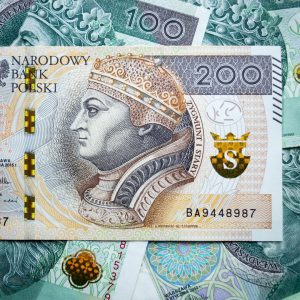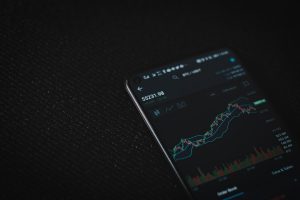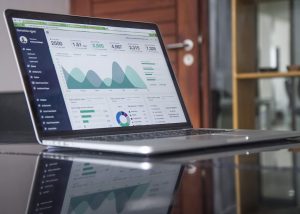Backtesting is a crucial step in developing a successful forex trading strategy. It involves testing a trading strategy using historical data to determine its potential profitability and reliability. Backtesting helps traders to evaluate the performance of their strategy and make necessary adjustments before deploying it in the live market.
In this article, we will take a detailed look at how to backtest a forex strategy.
Step 1: Define the trading strategy
Before you can start backtesting, you need to have a clearly defined trading strategy. A trading strategy should include entry and exit rules, risk management guidelines, and trade management techniques. The strategy should also consider the market conditions and the trader’s risk tolerance.
Step 2: Collect historical data
Once you have a trading strategy, you need to collect historical data for the currency pairs you want to trade. The data should include price data, volume, and any other relevant data for the time period you want to test.
There are several sources of historical data, including forex brokers, data vendors, and online platforms. The data should be in a format that can be easily imported into backtesting software.
Step 3: Choose a backtesting software
There are several backtesting software programs available, ranging from free to paid options. Some popular backtesting software programs include MetaTrader, TradingView, and NinjaTrader. Choose a software that is user-friendly and can handle the data format you have.
Step 4: Set up the backtesting parameters
Once you have chosen a backtesting software, you need to set up the backtesting parameters. This includes selecting the currency pair and time frame, defining the entry and exit rules, and setting up the risk management guidelines. You also need to specify the starting capital and any other relevant parameters.
Step 5: Run the backtest
After setting up the backtesting parameters, you can now run the backtest. The backtesting software will use the historical data to simulate the trading strategy and generate the results. The results will include the number of trades, the profit and loss, and any other relevant metrics.
Step 6: Analyze the results
Once the backtest is complete, you need to analyze the results. Look at the profitability and the drawdown of the strategy. The drawdown is the maximum loss the strategy incurred during the testing period. A strategy with a low drawdown is a sign of a reliable strategy.
You should also analyze the individual trades to determine if the strategy is consistent and profitable. If the strategy is not profitable, you may need to make adjustments to the entry and exit rules or the risk management guidelines.
Step 7: Optimize the strategy
After analyzing the results, you may need to optimize the strategy. Optimization involves making adjustments to the entry and exit rules, risk management guidelines, and other parameters to improve the performance of the strategy.
However, it’s important to note that optimization can lead to overfitting, which is the process of creating a strategy that performs well only on historical data but poorly on live market data. To avoid overfitting, it’s essential to test the optimized strategy on a new set of data.
Conclusion
Backtesting is a crucial step in developing a successful forex trading strategy. It helps traders to evaluate the performance of their strategy and make necessary adjustments before deploying it in the live market. To backtest a forex strategy, you need to have a clearly defined trading strategy, collect historical data, choose a backtesting software, set up the backtesting parameters, run the backtest, analyze the results, and optimize the strategy. By following these steps, you can develop a reliable and profitable forex trading strategy.






